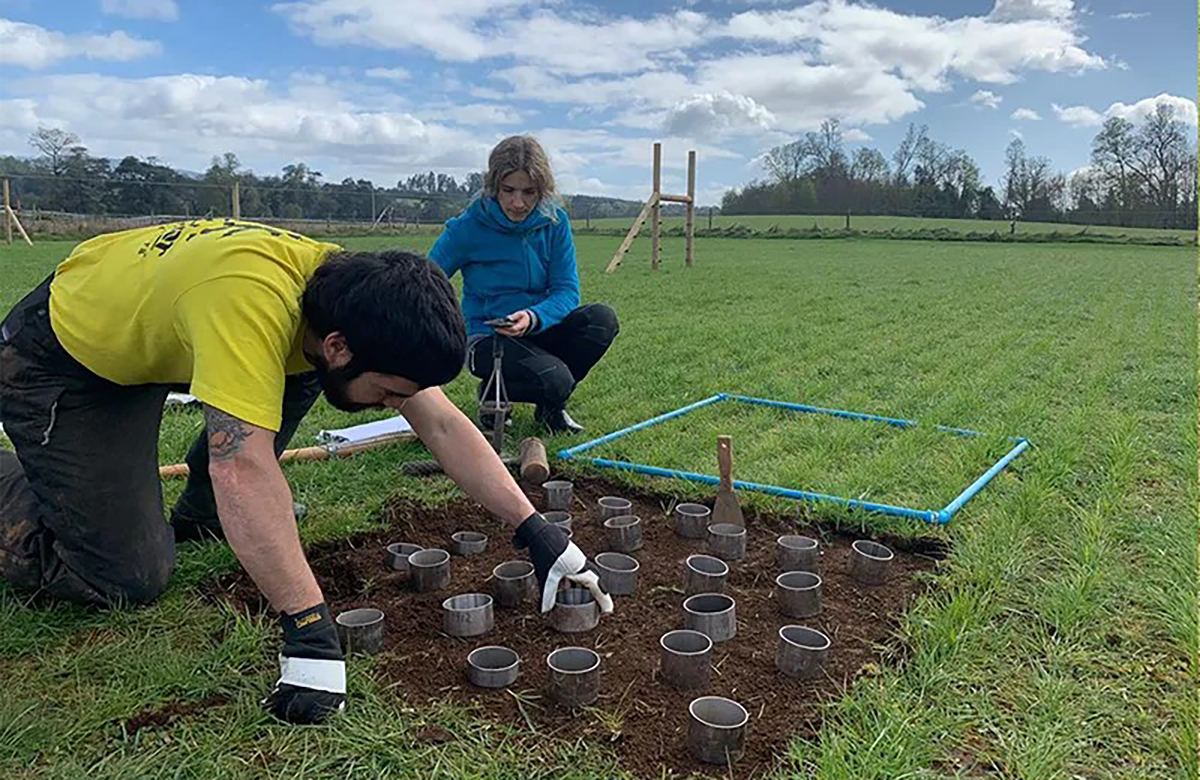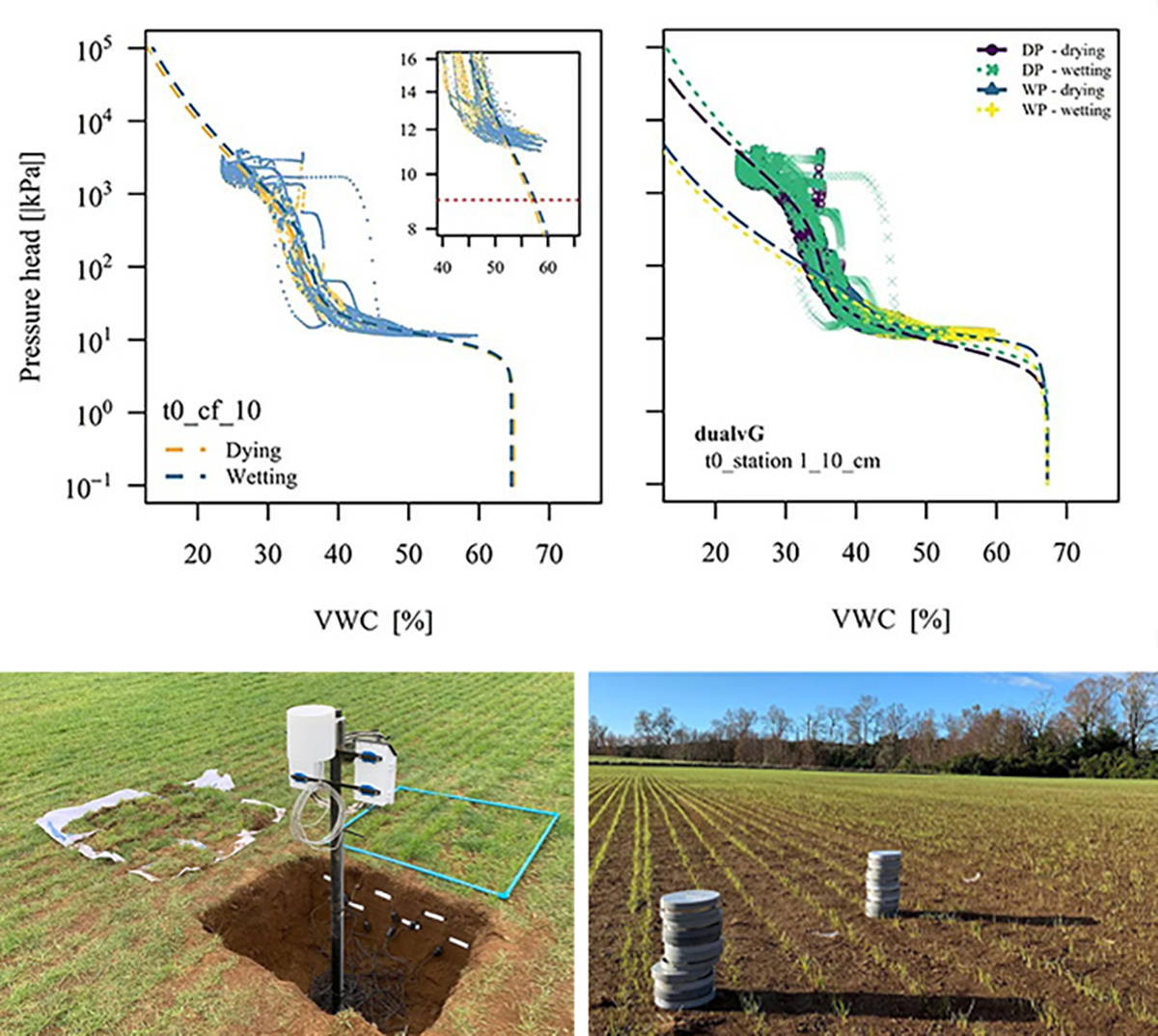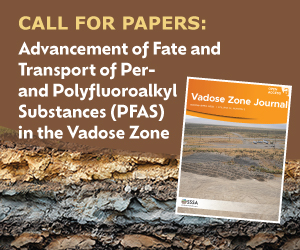Volcanic soil structure dynamics shape water retention variability

Soil structure plays a critical role in water movement, which influences important services such as available water for plant uptake. Despite this, the complex influence soil structure has on soil hydraulic properties is generally neglected in hydrological models. Predicting the variability of soil water distribution thus remains a key challenge for today’s soil scientists.
Combining laboratory and field approaches, researchers analyzed soil water retention and movement over two years, at both wetting and drying cycles, at multiple depths, and at three compaction levels. Volcanic ash soil—an arable soil that’s physical and hydraulic properties change over time—was used for this study. The collaborative team evaluated temporal changes in soil water retention by testing two forms of the widely used van Genuchten model, designed for modeling water retention in a variety of soil textures. Results showed that compaction reduced the variability of water retention behavior by collapsing pore networks, but this also led to extreme behavior. Although wetting and drying cycles did not directly alter model parameters, they helped identify shifts in flow homogeneity, suggesting that pore connectivity and flow paths change over time.
These findings highlight the importance of incorporating soil structure dynamics into models, particularly in soils prone to physical changes due to land management. In addition, understanding dynamics in field conditions is essential for improving hydrological predictions and guiding future sustainable land use strategies.

Dig deeper
Bravo Peña, S., van Schaik, L., Dörner, J., & van Dam, J. (2025). Dynamic soil water retention properties: Exploring the interplay of moisture states and soil structure dynamics in a compacted Andosol. Vadose Zone Journal, 24, e70021. https://doi.org/10.1002/vzj2.70021
Text © . The authors. CC BY-NC-ND 4.0. Except where otherwise noted, images are subject to copyright. Any reuse without express permission from the copyright owner is prohibited.











